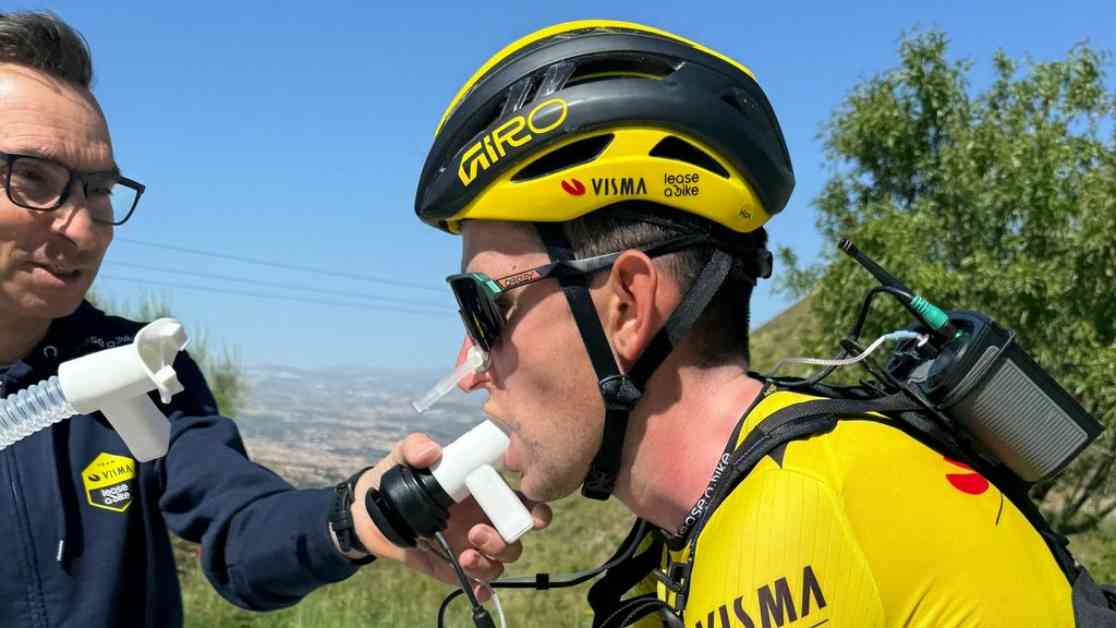the 11-year-old Sisu Tynin the look is focused on, when he settles in to do squats Hamina indoor ice rink at. Junior hockey player landed close to a 90 degree knee angle. Her knees began to slight vibration and forward to the address on the foot of another run to support a shaky position.
the squat movement, making runs out.
– Sometimes I manage to squatting and sometimes roll over on his back. Skittles do not take the legs, but I don’t know why but I fall on his back. I’ve heard that the other team guys have this same, Tyni says.
Tyni is not the only junior athlete, for whom squatting is difficult. Musculoskeletal diseases specialist naprapath Peter On has detected that squat position keeping has become a common problem in the 2000s born basic school.
– I Have observed difficulty of children squatting in the 10-16-year adolescents. Part does not get position at all, some stagger and falls on his back, On said.
the squat the problem of children and young people dealing with weekly. The amount of exercise does not explain the problem. Ailments Rapids office use so exercise enthusiasts children than those who do not move.
Naprapath Petteri Rapids office comes to reduced movement of the affected primary school age children on a weekly basis.Antro Light / Yle
In squat the movement starts at the ankle. Next, the front moves to the knee and a series of movements to complement the hips. Proper squat is needed for muscle strength, stretchability, and muscle and nervous system cooperation.
Touch perception in the ankle and hip mobility is impaired with many children. Stiff ankles due to the child does not get the legs to push squatting enough in the front, making the squat position “stolen” by moving the back forward.
– 90 degree squatting child often also crashing on his back because he doesn’t have enough middle management or the leg muscle strength to control the position.
the Rapids, according to the phenomenon is difficult to name individual worth. As mentioned the property factor as he considers it, that the child the ankle and hip mobility is currently limited. Poor mobility, in turn, is due to the fact that the primary school at the age of exercise is not as diverse as it should be.
– squat movements no longer in everyday life come. Under the 7-year-old, for example, sand box playing rock, paper, scissors his head while where to position. The age of squat repetitions with really a lot every day, On to clarify.
a Little surprising perhaps is that the discomfort will strike also a lot of moving children. Why does this happen?
Sisu Tynin breeder club is hamina types of discus circles.Antti-Jussi Korhonen / YleVenyttely only a momentary solution
the Rapids, it is true that sports clubs exercises to meet the physical activity recommendation. At the same time, however, varied free-time physical activity is left out.
the sports clubs have to have exercise is often too one-sided and it contributed to cause movement problems, such as the crouch down of the difficulty. Long-term endurance and strength training should be sports clubs to increase.
according to Him, Finnish is strength training in a lot of room for improvement.
– we Have forgotten completely the child and adolescent strength training. It is initiated too late, usually about the age of 15. Strength training can start with body weight on the already seven years old.
Knee exertion injuries prevent Sisu Tynin playing currently right matches. Jääharjoituksiin he can participate in.Antti-Jussi Korhonen / Yle
Mobility training can be combined with strength training, for example, stick workout with the help of.
– Made simply squat movements with a cane. This can be to maintain ankle and hip mobility.
Stretching exercises increase not junior to follow in the sport solve the problem.
– Oheisharjoituksissa stretch certainly pretty enough, but stretching will increase mobility only momentarily, Touch focus.
is also Shown in studies
Squatting of the difficulties seen indications in recent years of the school physical function test on a nationwide Move-measurement. The results will tell you that even kyykistys business is not successful 16% of fifth grade boys.
the Measurement also tells us that the boys have the girls more difficulty the body’s mobility with.
the FAQ-the institute, in turn, it has been observed that the squat is difficult or impossible for many junior football player for. The problems appear muscle tension, for example, the rear thighs and calves.
Squat difficulty is because of the FAQ-the institute estimates that child mobility, not enough attention has been paid to the rapid growth stage. Rapid growth phase begins in children more generally 12-14 years of age.
the Difficulty to do squats with good performance technique doesn’t necessarily affect otherwise healthy and rolling the child’s or young person’s everyday life in any way. The body compensates for weaknesses quite well and many things, like for example the shoes laces tying, can make different types of business model you have.
– Keep in mind that the vast majority of adults could not get a deep squat with good technique. Everyday life has made modern man so easily, that the deep squat is of little need to go to, say, the FAQ-institute of research and development manager, health sciences dr Mari Leppänen .
as a Result of movement deficiencies, however, is.
Sisu Tyni hobby hockey in addition to orienteering and baseball. Hockey seemed for the moment a meaningful.Antro Light / Yle
of health sciences dr. Mari Leppänen and naprapath Petteri Rapids, according to the movement of the trees do lead to technical error of the fathers to the move activities, such as running or leaping in. These technical errors, in turn, exposed children more vulnerable to strain injuries.
– mobility problems affect certainly also the movement of meaningfulness. This may appear in the future exercise amounts, Regarding estimates
the 11-year-old Sisu Tyni hobby hockey along with baseball and orienteering. This fall Tynillä was diagnosed with Osgood-schlatter’s disease. It is typical for children to repetitive strain injury.
Injuries caused Tynille the knee of the front face of a stalemate, which gets really sick. Now the back is a lighter workout the rest period. Jääharjoitusta preceding oheisharjoituksissa jump and spurt is replaced by mobility exercises. Mobility and muscle tone Tyni work out in the gym stick and fitness with the ball.
the New oheistreenit are pretty nice. I have not yet detected a difference between the skittles for, Tyni said.
the Mobility exercises seem to Go Tynistä nice. A significant difference in my mobility, he is not noticed.Antro Light / ylel too quickly will focus on one of the species
the burden of injuries are these days children in the general scourge. Repetitive strain injuries are caused to children in general too one-sided training as a result. FAQ-the institute according to the problem is not that the child would be provided with too much exercise hobbies.
having the number of more important is, what the content of training offered and whether training between enough time to recover and rest. For example, at high power and a lack of technology to make you jump and leap exercises are often a growing trouble caused, Leppänen illustrate.
health exercise experts stressed that the right to a weekly exercise amount is individual. The same training, the amount can be one too much, another too little and the third suitable.
the Child began to the burden of injuries on response will be sensitive to.
the Pain does not belong to practicing, and by tackling it at an early stage can be to avoid injury aggravation. Children in training should be considered especially attacks way training. This will include running and jumping, Leppänen says.
Hamina indoor ice rink in the locker room Sisu Tyni gnashing of skates in the leg and chuckling team mates stuff. Oheisharjoite face after is about to begin the team’s common jäätreeni. Ice Tyni has gotten to the burden injury despite. The games themselves have been left in this period between.
– I Expect quite a lot that I get to play. Game tracking in the stands seem annoying, because you would want to be out playing, Tyni said.
Subscribe Yle newsletters!
Get Overeating the best content straight to your inbox! Order as many letters as you want!
Proceed to order








